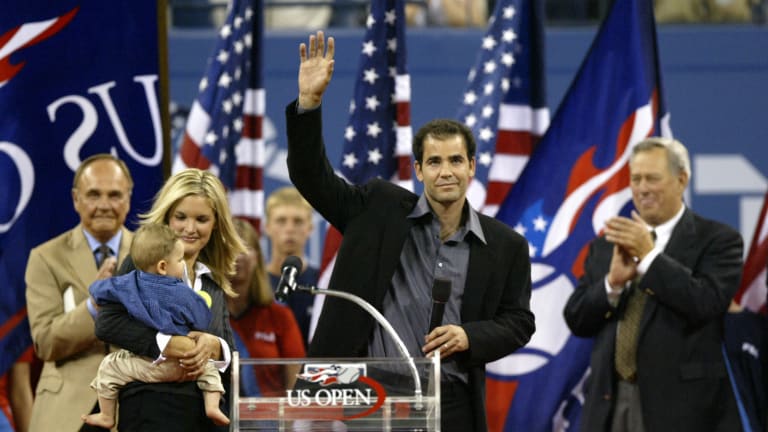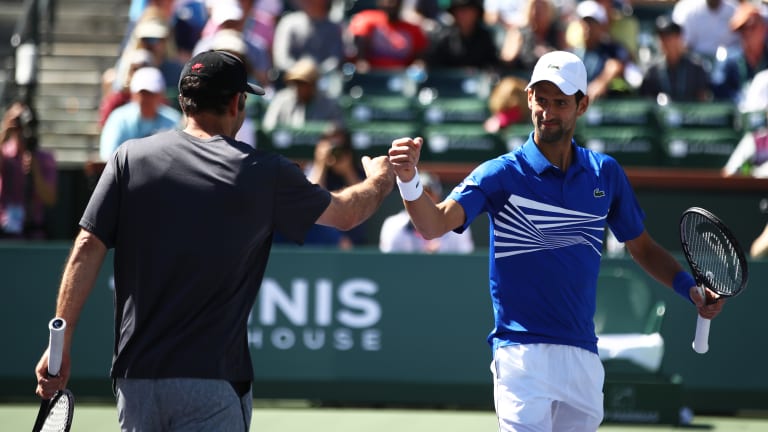US Open
Pete Sampras retired 20 years ago at the US Open—what did he leave behind?
By Aug 25, 2023US Open
Eric Butorac will replace Stacey Allaster as US Open tournament director
By Nov 17, 2025US Open
Beyond The Champions: 2025 US Open Winners and Losers
By Sep 10, 2025US Open
In US Open defeat, Jannik Sinner faces his shortcomings
By Sep 09, 2025US Open
Amanda Anisimova's US Open fortnight wasn't just "incredible"—it was redemptive
By Sep 09, 2025US Open
Overcoming Doubt, Finding Deliverance: Six WTA takeaways from the 2025 US Open
By Sep 08, 2025US Open
Service and a smile: How Carlos Alcaraz conquered Jannik Sinner at the 2025 US Open
By Sep 08, 2025US Open
Carlos Alcaraz captures sixth Slam and second US Open title, dethrones No. 1 Jannik Sinner
By Sep 07, 2025US Open
Alcaraz vs. Sinner US Open final start delayed by 30 minutes
By Sep 07, 2025US Open
Blinding Lights: Amanda Anisimova rues missed opportunities, serve woes after US Open final
By Sep 07, 2025Pete Sampras retired 20 years ago at the US Open—what did he leave behind?
Affirmed Novak Djokovic, "Pete had the champion’s spirit. That is his legacy."
Published Aug 25, 2023
Advertising

Sampras went 71-9 at the US Open, lifting five trophies along the way.
© Corbis via Getty Images
Advertising

Sampras and Djokovic shared the court for an exhibition at Indian Wells in 2019.
© Getty Images
Advertising

The ATP Challenger Tour, by Sam Querrey
Everything you need to know about this must-see circuit.